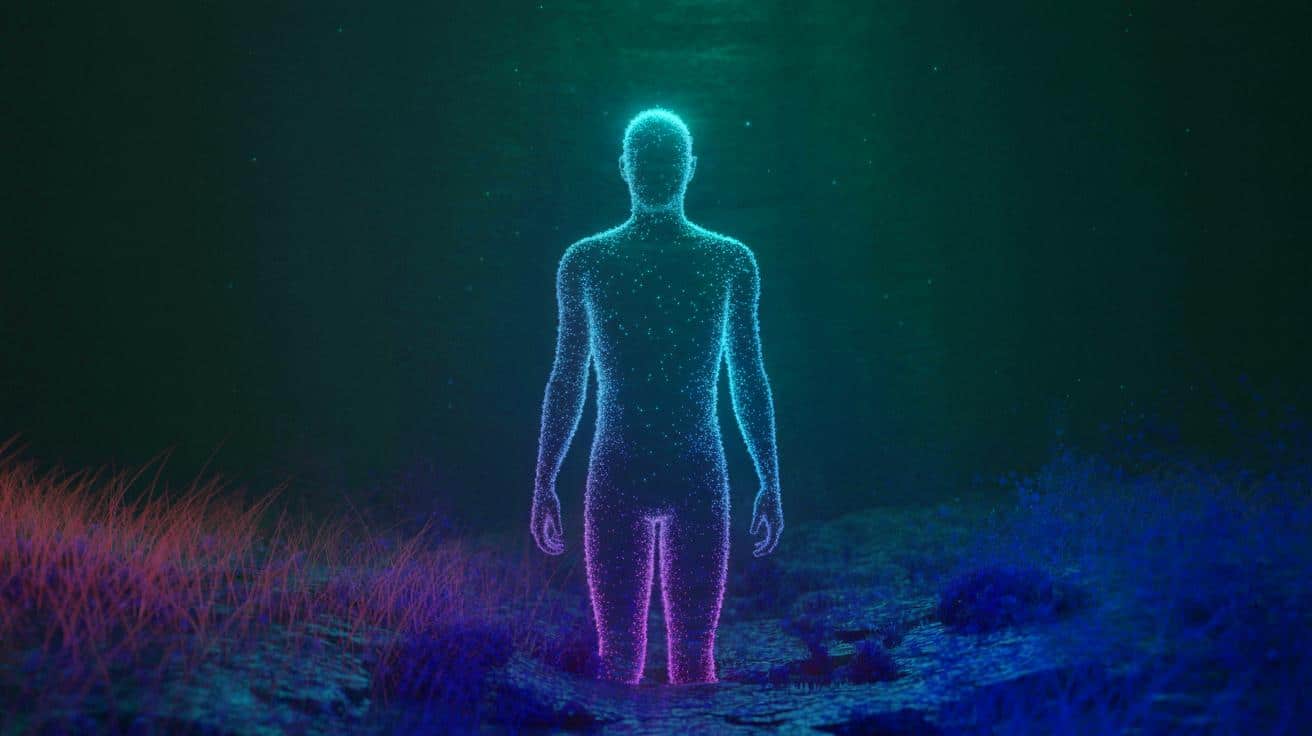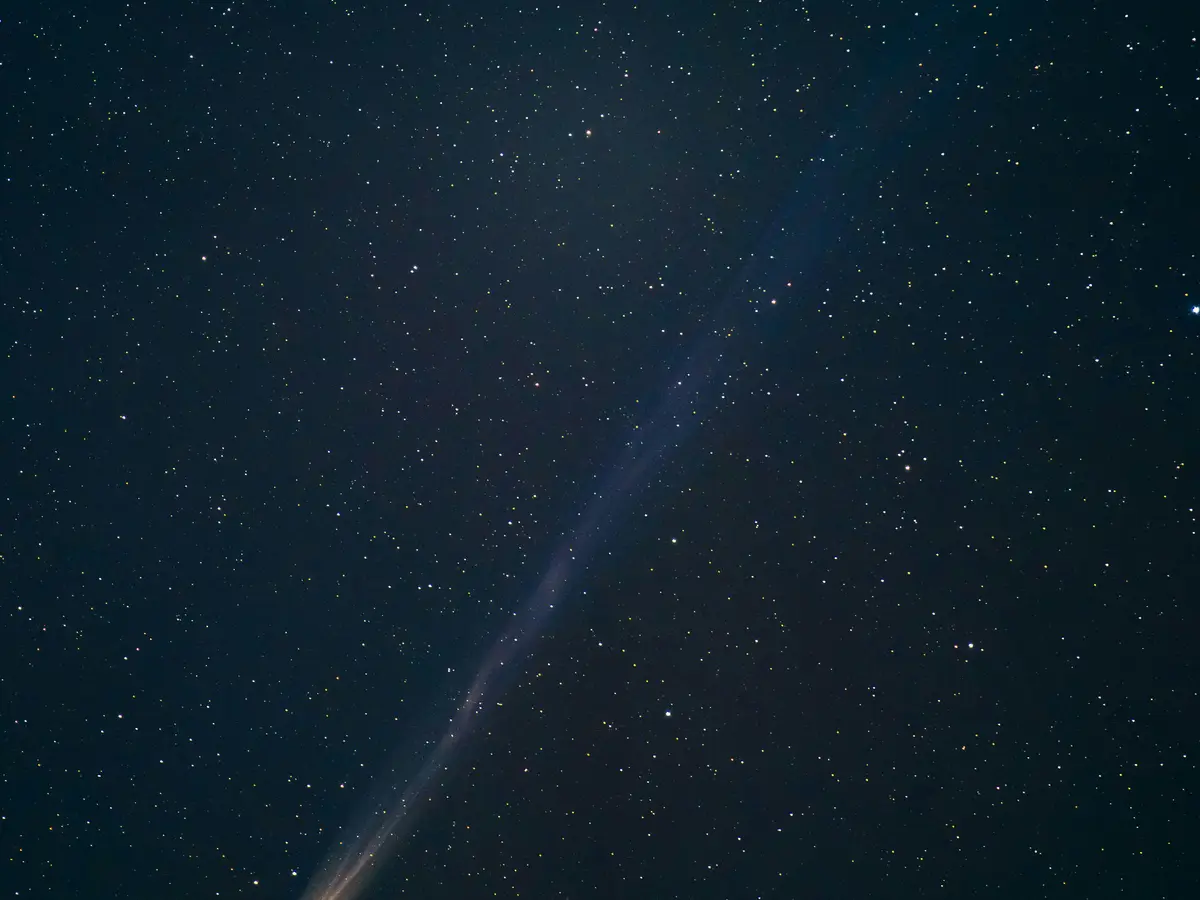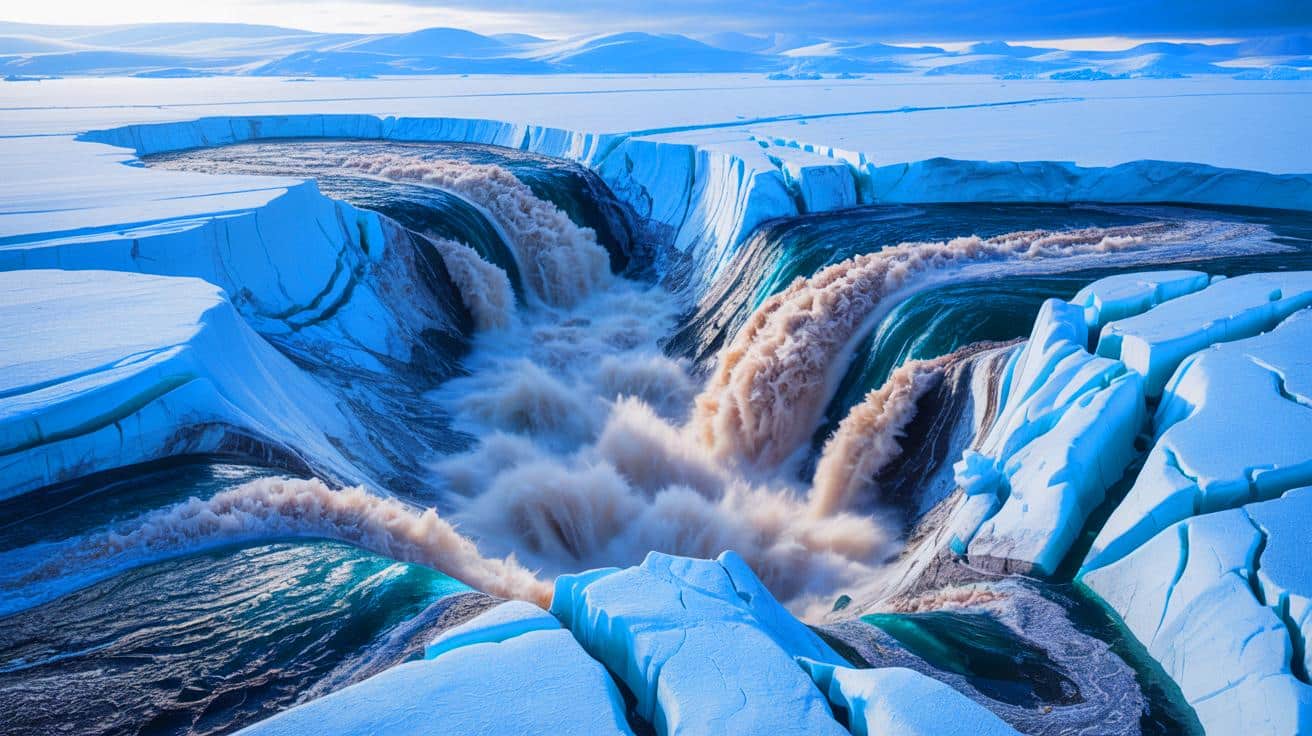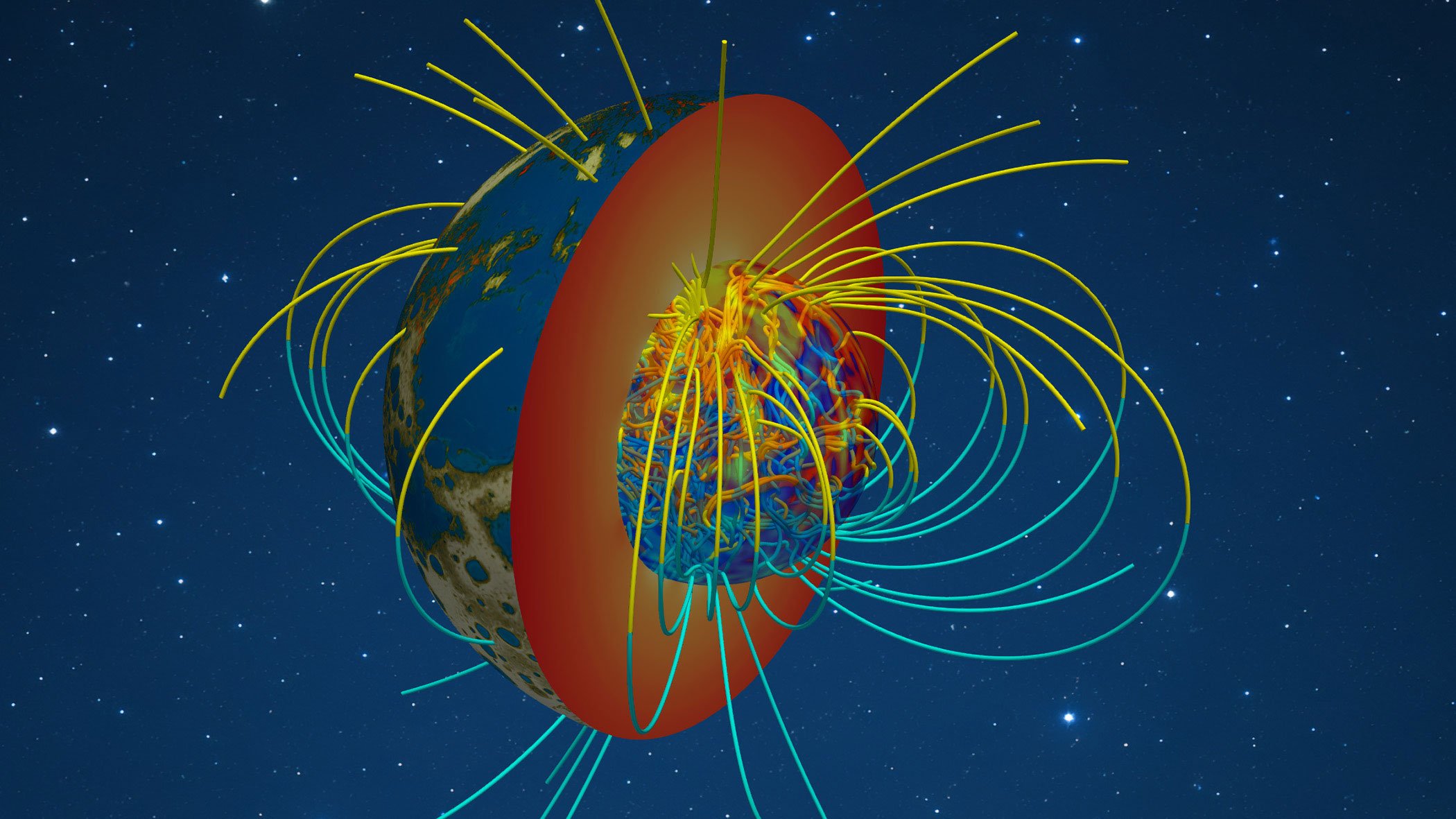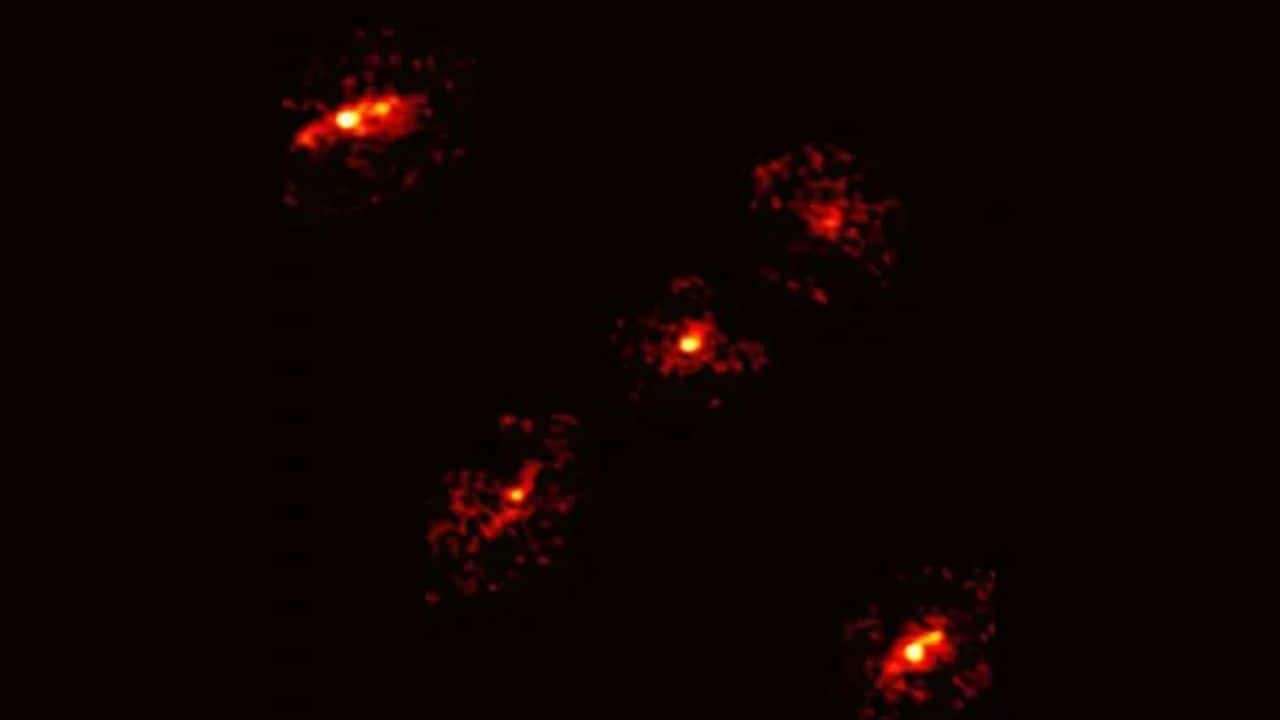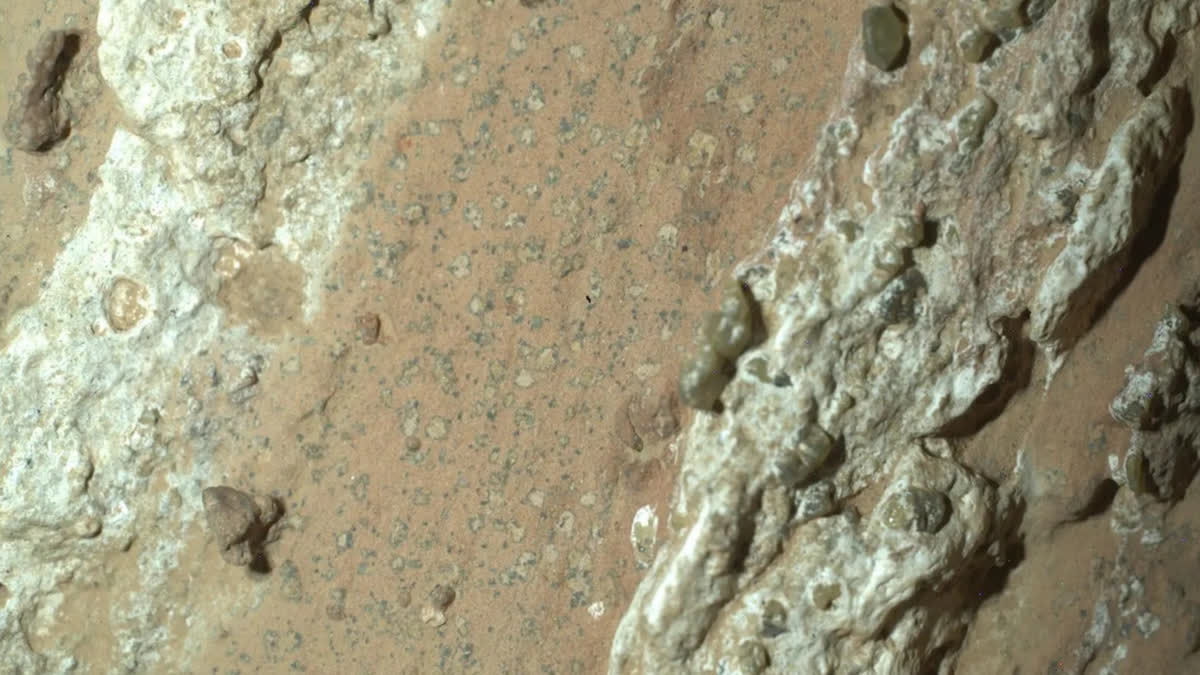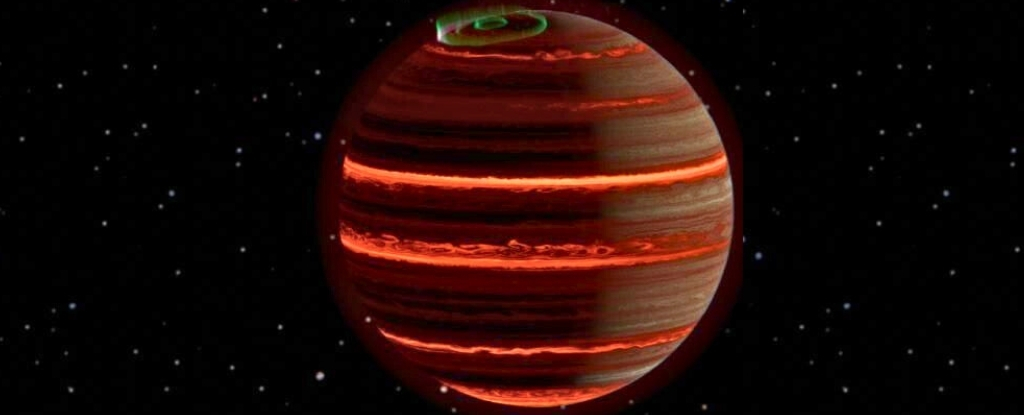Unbelievable Discovery: A Massive Wave is Rippling Through Our Galaxy!

Imagine standing on the shores of a cosmic ocean, where a massive wave is crashing down—only this wave is rippling through our very own Milky Way galaxy! This jaw-dropping revelation comes courtesy of the European Space Agency's Gaia mission, which has been charting the celestial waters since 2013.
In a groundbreaking study published in Astronomy and Astrophysics, scientists shared that Gaia's observations have uncovered an astonishing wave extending tens of thousands of light-years across, reshaping our understanding of the galaxy's intricate dynamics. With over three trillion observations made of two billion stars and various stellar objects, Gaia has crafted a precise 3D map of our Milky Way, showcasing its movements, luminosity, temperature, and composition.
Think of the galaxy as a grand, swirling dance floor where stars move in rhythm, and this newfound wave is like a ripple that travels through the crowd. Previous studies using Gaia data have revealed that the Milky Way is not just spinning but is also warped and wobbling—imagine a spinning top that isn’t perfectly balanced! The latest findings indicate that this wave can be detected between 30,000 to 65,000 light-years from the galactic center and is influencing not just young giant stars, but also variable stars, hinting at its impact on interstellar gas as well.
Dr. Eloisa Poggio, an astronomer at the Istituto Nazionale di Astrofisica (INAF) and the lead author of the study, expressed her excitement: “This observed behavior is consistent with what we would expect from a wave. The intriguing part is not only the visual appearance of the wave structure in 3D space, but also its wave-like behavior when we analyze the motions of the stars within it.”
But what caused this wave to form? Researchers suggest a collision with a smaller dwarf galaxy within the last 300 to 900 million years might be to blame. Alternatively, they speculate it could be linked to the Radcliffe Wave, a smaller gaseous structure located 500 light-years from the sun that spans over 9,000 light-years. While the Radcliffe Wave is a fascinating discovery in itself, it exists in a different region of the galaxy and may not be directly related to this colossal wave.
As scientists dive deeper into this cosmic mystery, they’re eagerly awaiting a final set of data from Gaia, expected to arrive in December. This promising influx of information is likely to enhance our understanding of our galaxy’s intricate structure, leaving us all wishing for clear skies and wide eyes.














